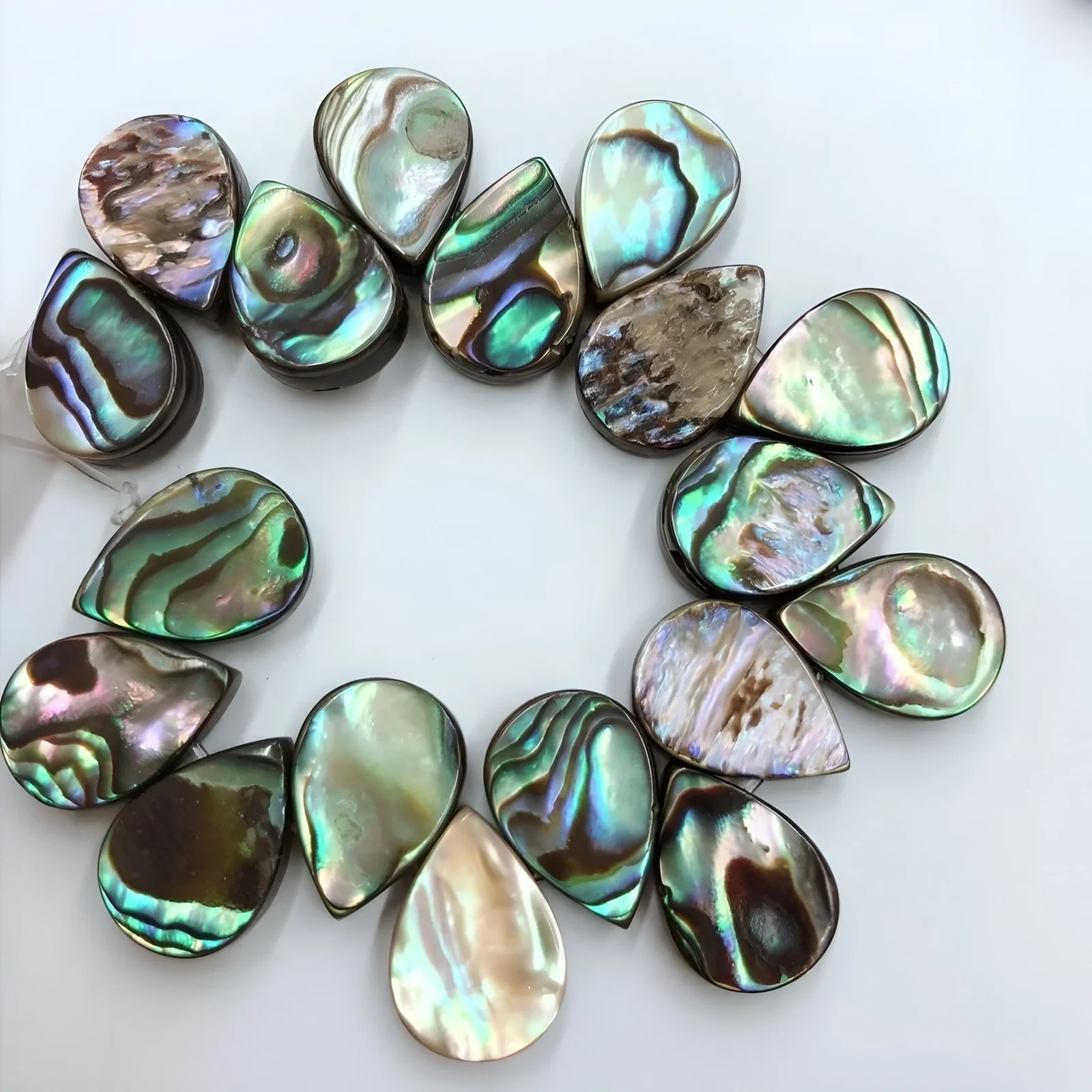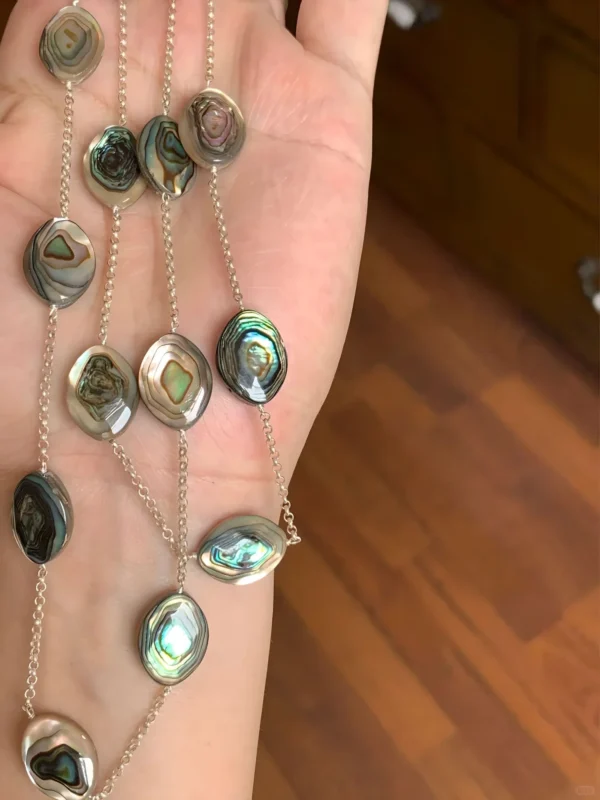Exploring the Future of Abalone Pearls

Introduction: Unveiling the Pearls of the Future
Have you ever wondered if pearls could evolve beyond their traditional allure? As the world of luxury jewelry perpetually seeks new horizons, the cultivation of pearls is experiencing notable shifts. This transformation is fueled by groundbreaking advancements in the aquaculture of abalone pearls. But how does this differ from traditional pearl farming, and what exciting new possibilities does it unveil? Join us on an illuminating journey into the enchanting prospects of abalone pearl cultivation—a development that might redefine elegance and sustainability in the jewelry industry.

The Quest for Innovation in Pearl Cultivation
The Science of Pearl Formation
At the core of pearl cultivation lies the process of a mollusk secreting nacre layers around an irritant. Traditionally, oysters from the Bivalvia class are hailed as the architects of this natural wonder. However, recent strides in pioneering techniques have introduced a new player—abalone, a member of the Gastropoda class. This article on mollusks and pearls provides more insight into how different species can create pearls.
The Breakthrough with Red Abalone in Chile
In recent years, red abalones along the Chilean coast have become the epicenter of pearl cultivation experimentation. Research spearheaded in this region has demonstrated progress in the deposition of iridescent nacre—the essential substance that gives pearls their lustrous glow. The ongoing advancements have markedly reduced production challenges, such as mortality and defects in cultured pearls.

Navigating the Challenges of Abalone Pearl Farming
Technical Complexities and Innovations
Cultivating abalone pearls introduces unique hurdles. Compared to traditional oyster shells, the abalone’s mantle tissue is markedly thinner. This anatomical difference imposes limitations on nucleus insertion—a critical step that influences both pearl shape and nacre deposition. Consequently, surgeons and scientists have engineered innovative methodologies, adapting the implantation processes to suit these distinctive mollusks.
The Art of Enhancing the Iridescent Spectrum
Chilean red abalones hold an inherent ability to produce nacre with a remarkable metallic spectrum, encompassing shades of purple, gold, and green. This offers a dazzling solution to the color limitations seen in traditional pearl farming. However, maintaining consistency in hue and vibrancy remains an area for further development. Jewelry-focused insights suggest how genetics and environment can play crucial roles in achieving these vivid shades.
Prospects for Growth: Economic Potentials and Industry Impacts
Revolutionizing Market Dynamics
The recent developments in abalone pearl cultivation are compelling enough to potentially redefine the hierarchy of marine pearl products. Traditionally dominated by Akoya, Tahitian, and South Sea pearls, the industry may soon witness a new contender in its ranks—the abalone pearl. As technologies mature, they bear the promise of adding immense diversity and appeal to consumers who treasure sophistication and exclusivity.
Strategic Opportunities for China and Global Competitors
China, leading the global abalone aquaculture scene, is primed to benefit from these advancements. With 88% of the world’s abalone exports originating from China, the country stands on the cusp of capitalizing on abalone pearl innovations. As the technology disseminates from Chile, Chinese producers could harness this knowledge, adding another layer to their competitive advantage on the global stage. This industry overview provides additional context into China’s dominant role.
Conclusion: A New Dawn for Luxury Pearls
In the rich, opalescent world of pearls, the abalone offers a glimpse into a promising future. As pioneering research in Chile unveils the intricate dance of light and color within abalone nacre, it opens the door to new luxury opportunities poised to captivate the hearts of connoisseurs and collectors worldwide. The integration of abalone pearls into the market will not only diversify the palette of jewelry options but will also pave the way for a sustainable, lavish legacy that transcends the boundaries of traditional pearl cultivation. As enthusiasts eagerly anticipate these developments, the pursuit of elegance remains intimately intertwined with the spirit of discovery.
